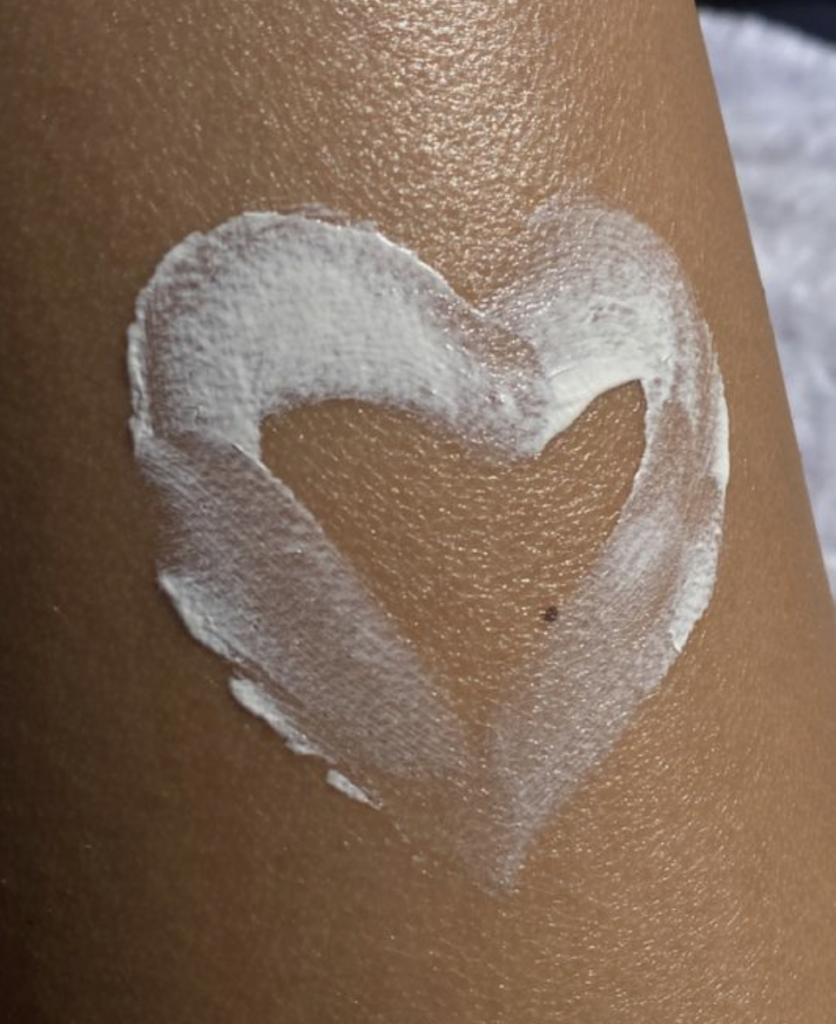Clean, Non toxic and vegan friendly SPF you’re going to love.
Personally, I wear SPF all year round on my face, and on a hot day, any place that my skin in showing! Sunscreen is a must-have for protecting our skin from harmful UV rays which can cause premature ageing as well as more serous health issues..
However, not all sunscreens are created equal.
The debate between chemical and mineral sunscreens is ongoing, with significant implications for both our health and the environment. In this blog, we’ll explore the key differences between chemical and mineral sunscreens, the health concerns associated with chemical sunscreens, and why choosing mineral sunscreen is a more eco-friendly option. We’ll also delve into animal testing and non-vegan ingredients often found in sunscreens, helping you make informed choices for both yourself and the planet. :o) Grab yourself a cuppa.

Chemical vs. Mineral Sunscreens: Understanding the Difference
Chemical Sunscreens…
These sunscreens work by absorbing UV radiation and converting it into heat, which is then released from the skin. Common chemical ingredients include:
- Oxybenzone: Known for its potential to cause hormonal disruptions.
- Octocrylene: Can cause allergic reactions in sensitive individuals.
- Avobenzone: Offers broad-spectrum protection but can break down quickly under sunlight.
Mineral Sunscreens…
These sunscreens use natural minerals to physically block UV rays. Key ingredients include:
- Zinc Oxide: Provides broad-spectrum protection and is less likely to irritate the skin.
- Titanium Dioxide: Offers excellent protection against UVB rays and some UVA rays.
Mineral sunscreens create a physical barrier on the skin, reflecting UV rays away, and are generally less irritating and more suitable for sensitive skin.
Health Concerns of Chemical Sunscreens
- Hormonal Disruption: Ingredients like oxybenzone have been linked to hormone disruption, potentially affecting reproductive health.
- Allergic Reactions: Chemical sunscreens can cause skin irritation and allergic reactions, particularly for those with sensitive skin.
- Environmental Impact: Some chemical ingredients can harm marine life, especially coral reefs, which are vital to ocean ecosystems.


Why Mineral Sunscreens are More Eco-Friendly
- Coral Reef Protection: Mineral sunscreens, particularly those free from oxybenzone and octocrylene, are less harmful to coral reefs and marine life.
- Biodegradability: Mineral sunscreens tend to be more biodegradable compared to their chemical counterparts.
- Sustainable Ingredients: Many mineral sunscreens use naturally sourced ingredients that have a lower environmental impact.
Animal Testing and Non-Vegan Ingredients in Sunscreens
When choosing a sunscreen, it’s crucial to consider brands that engage in animal testing and those that include non-vegan ingredients. Here’s what you should know:
Animal Testing: Many mainstream brands still test their products on animals. Brands like Neutrogena, L’Oréal, and Nivea have been criticized for their animal testing practices. Opting for cruelty-free brands ensures your choices support animal welfare.
Non-Vegan Ingredients: Sunscreens often contain non-vegan ingredients such as:
- Beeswax: Used for its emulsifying properties.
- Lanolin: A waxy substance derived from sheep wool.
There are now lots of brands which offer mineral sunscreens that are both vegan and cruelty-free, making them excellent choices..you will see my favourites in a minute!
Choosing the Right Sunscreen
When selecting a sunscreen, consider the following tips:
- Opt for Mineral: Choose sunscreens with zinc oxide or titanium dioxide for better skin protection and minimal environmental impact.
- Check Labels: Look for cruelty-free certifications like the leaping bunny and PETA certified and ensure the product is vegan if that aligns with your values.
- Use my recommendations: Lucky you… I have created a guide with hard working, clean and blooming’ gorgeous SPF’s to suit everybody!







Read the Comments +